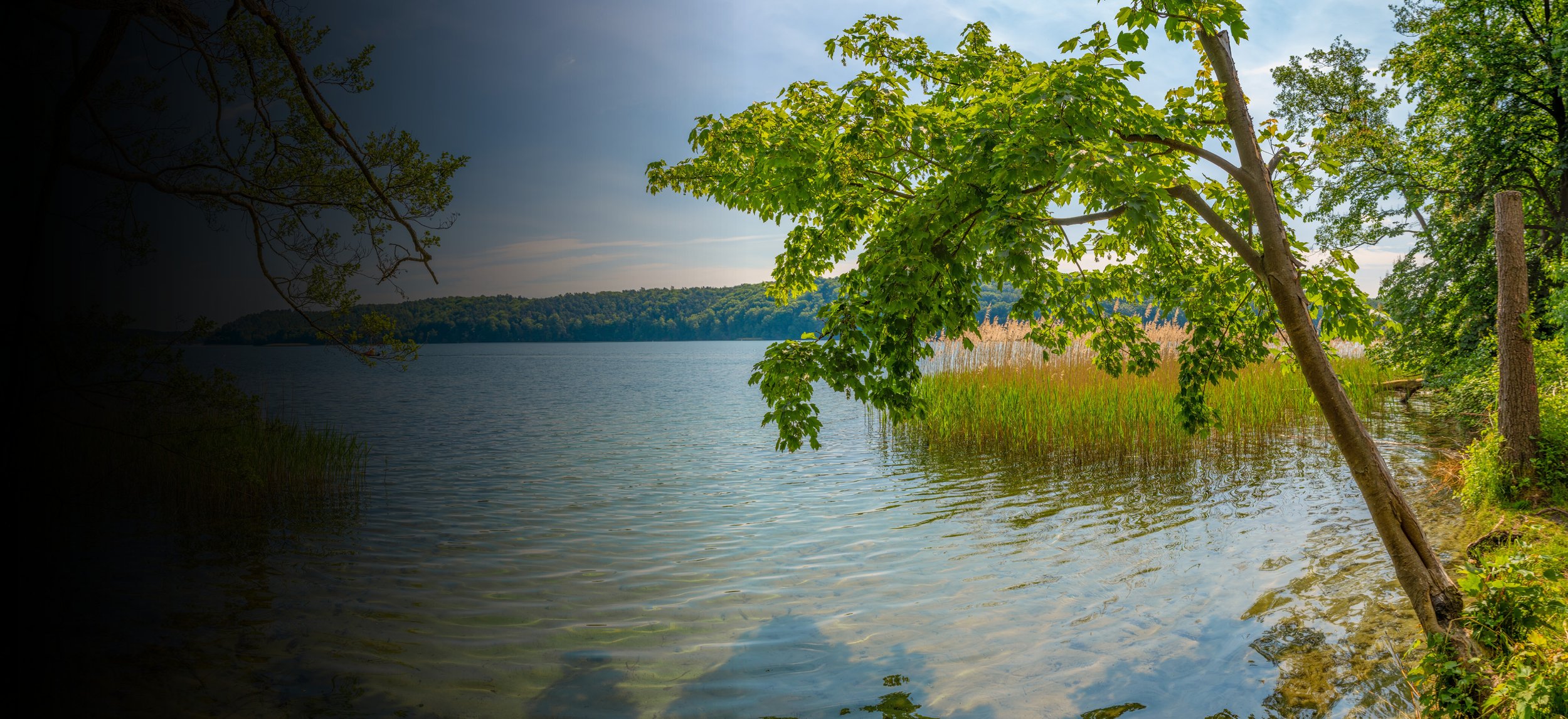
AQUAMATION
HAVE PEOPLE BEEN
AQUAMATED?
Disclaimer: There has not been any professional inspections carried out by industry experts to prove that aquamation is taking place. It is purely based on the types of equipment that could be used in the process and no blame is apportioned to any individual, organisation, government or institution.
EXTREME WARNING
The content in this section contains serious, disturbing material that might be inappropriate for visitors. If you are unsure, then please do not continue since it could cause you serious psychological harm.
WHAT IS AQUAMATION?
HUMANS CAN BE LIQUIFIED
The body is placed in a pressure vessel that is then filled with a mixture of water and chemicals and heated to a temperature around 160 °C (320 °F) at an elevated pressure which prevents boiling. The body is effectively broken down into its chemical components, which takes approximately four to six hours
Source: Wikipedia
POSSIBLE SIGNS OF AQUAMATION
BUILDINGS AND/OR CONFIGURATIONS MAY CONTAIN SOME OF THE CHARACTERISTICS BELOW:
an additional top, flat building which doesn’t look like it belongs there
the roof area of a building looks like a ‘lid’ - often a different colour
many are very modern looking buildings (grey, black or even 2/3 colours often) and they look soul-less
windows can be : either:
reflective (mirrors)
no windows
solar panels on the roof
soulless grills / slats on building
windows protruding outwards at an angle
wide, horizontal, black slats in front of window(s) in certain areas of building
metal ladders / barriers
tubular pillars / internal structure
heavy emphasis on glass windows
circular / semi-circular parts of a building
two / three different patterns / colors on a building
sometimes encased inside another ‘frame’
round / rectangular / flat roof which resembles a ‘hat’ or ‘lid’ (like on a plastic container) on top
look out for office buildings which shouldn’t need to have an industrial chimney
incinerator(s) (a device to burn items) - any shape or size
aluminium pipes typically much larger than ‘standard’ pipes
round
rectangular
a large power source (this might be visible)
very large number of electricity cables (sometimes encased in ‘black shielding’) which can be extremely thick
water tank / butt (some can be huge)
rectangular units -
which look like ones used for air conditioning

